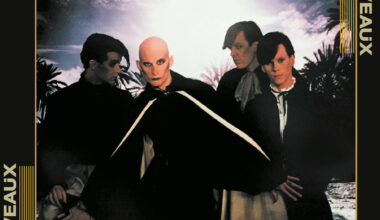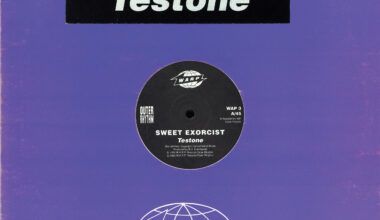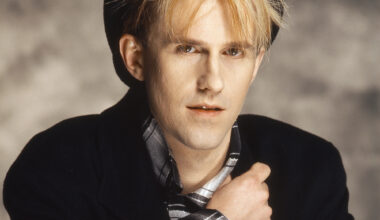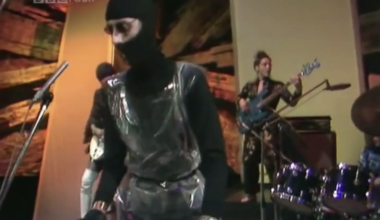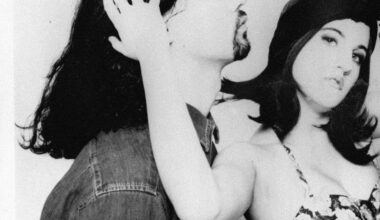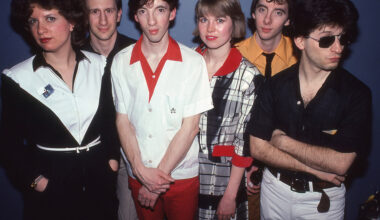Singer and poet Anne Clark outlines the making of ‘Sleeper In Metropolis’, her defining 1985 synthpop cut with producer David Harrow
Want to read more?
Sign up to Electronic Sound Premium to gain access to every post, video, special offers, and more. 100%, all you can eat, no commitment, cancel any time.
Already a premium member? Log in here
